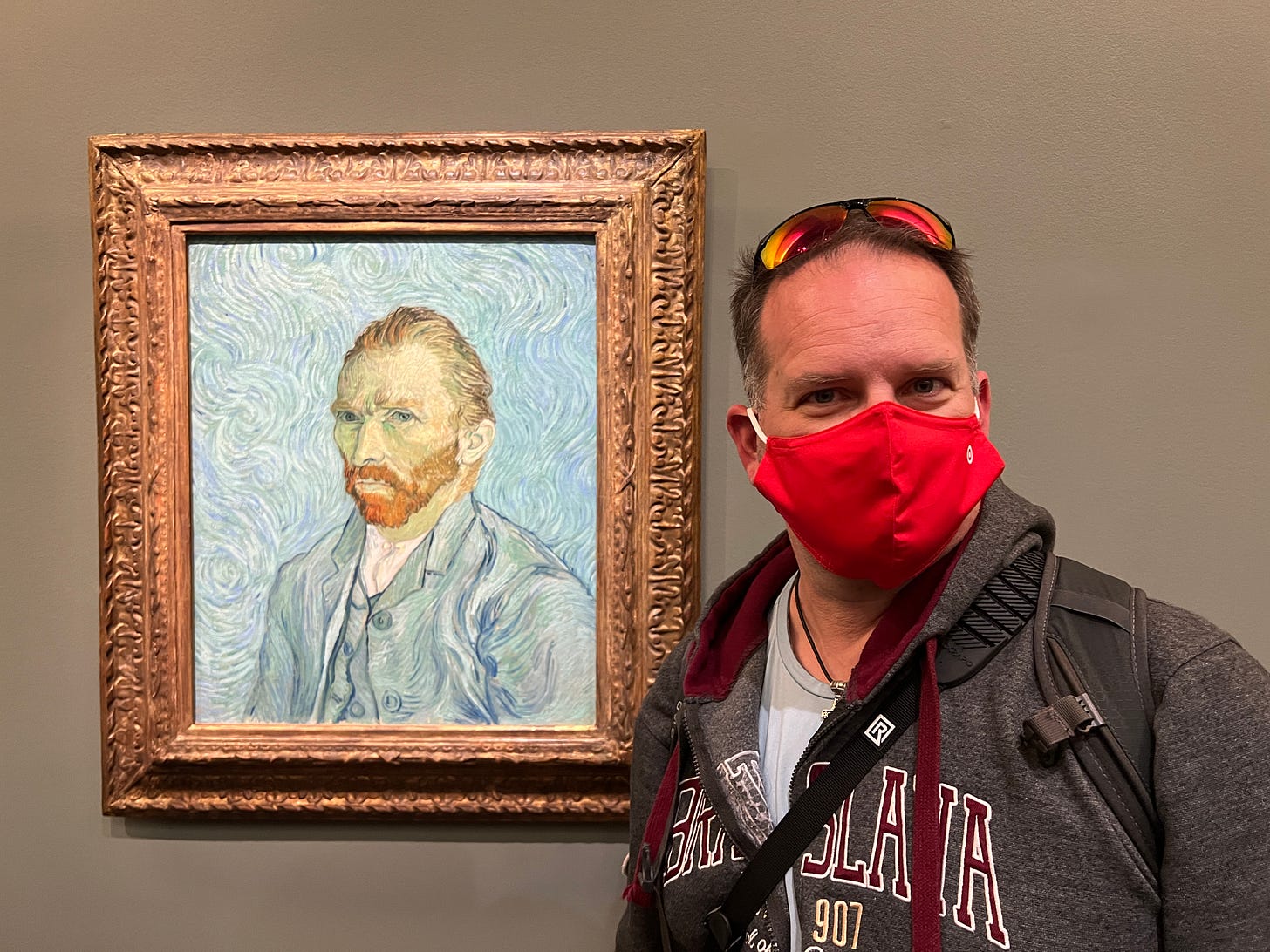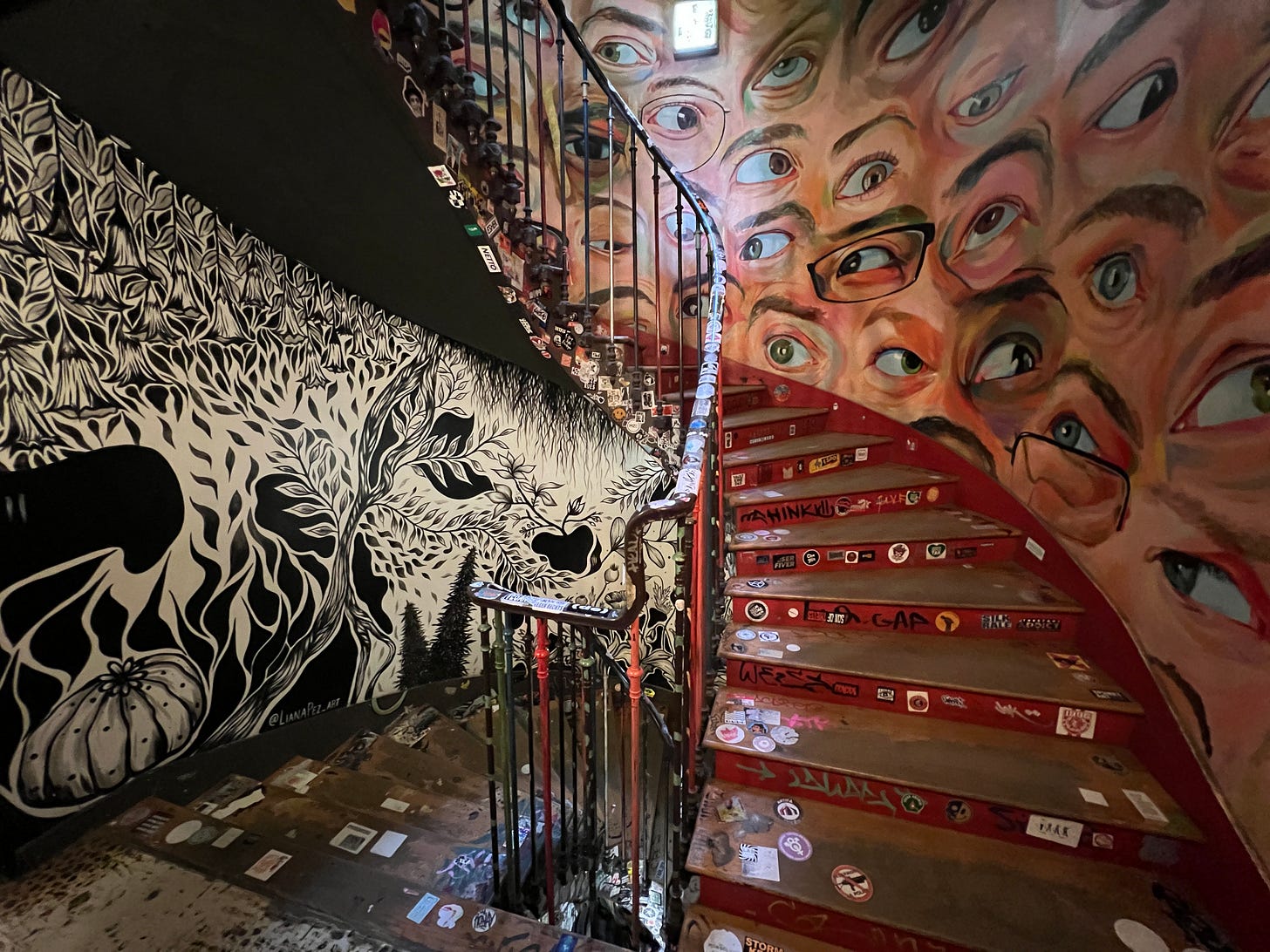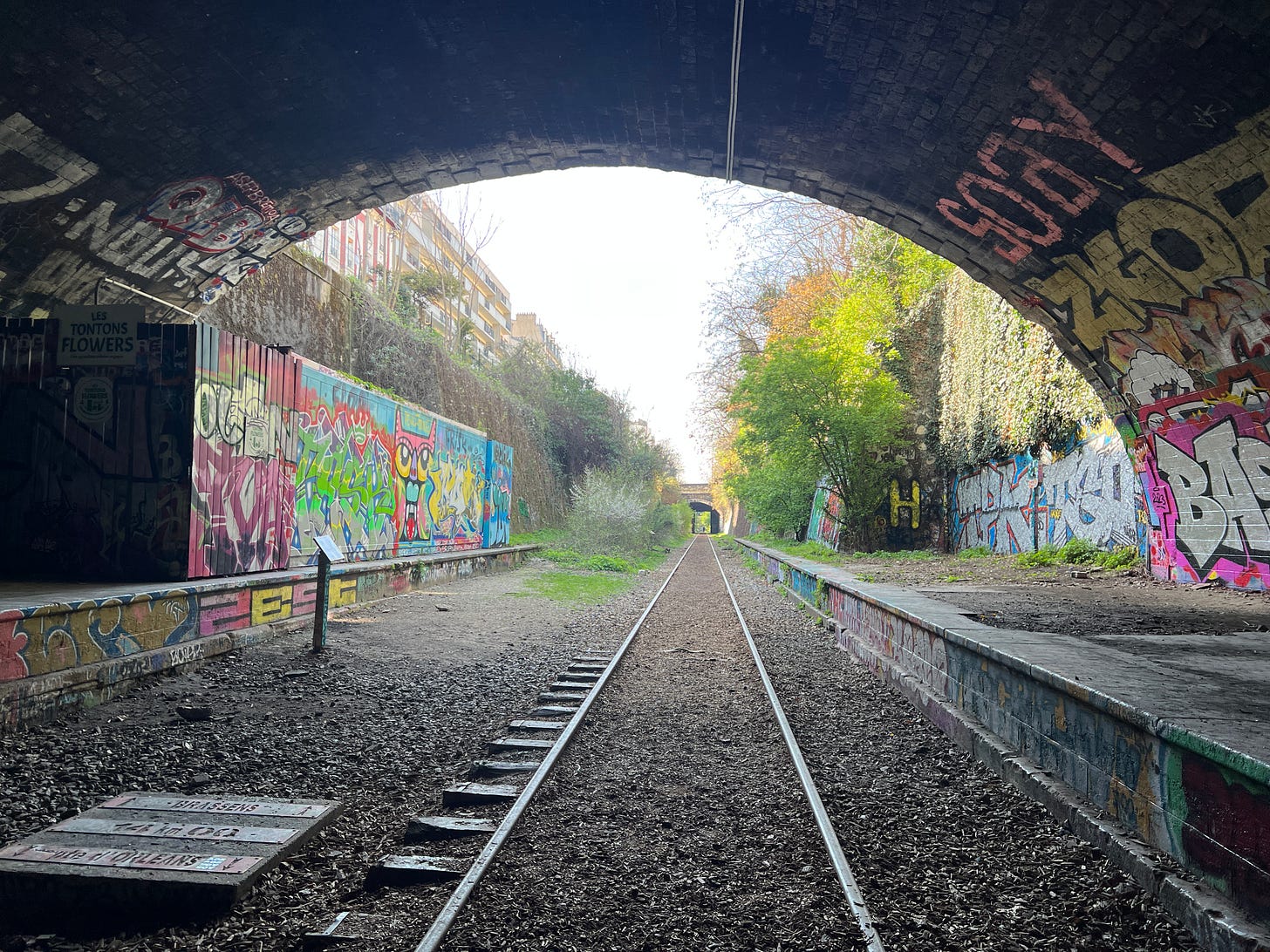What the Louvre Worker Strike Says About Mass Tourism
And Why It's Time to Rethink Our Itineraries
This week, the Louvre Museum closed its doors.
Not because of renovation or a security threat, but because its staff had finally had enough. Overworked, under-resourced, and overwhelmed by a daily crush of nearly 30,000 visitors, they walked off the job in protest. The line just to get through security can take over an hour, and that's before the crowds pack shoulder to shoulder around the Mona Lisa.
They cited burnout, rising visitor numbers, and a loss of cultural integrity in a space that should inspire awe, not chaos.
And honestly? Who can blame them?
Two years ago, we were in the Musée d'Orsay, fighting our way toward Van Gogh. Not wandering through the galleries, absorbing the emotion behind his brushstrokes, but navigating the crowd like it was a queue at a theme park. Because no one was really looking at the art. They were elbowing their way into position, phones raised high, angling for the perfect selfie with his self-portrait. Arms crossed. Backs turned to the brushstrokes. People snapping photos, scrolling through filters, and walking off without so much as a glance at the actual painting.
Of course, we took a photo too.
But here’s the thing: Mark went to school for photography and graphic design. He studied light, form, color and art history. He didn’t just want a photo, he wanted the moment. And watching that moment become diminished under a sea of raised arms and smartphones felt like a funeral for something sacred.
So when we got to the Louvre a few days later and saw the line stretching endlessly under the Paris sun, we didn’t want to go in.
We already knew what waited inside: another crowd, another elbow battle, another Mona Lisa moment that wouldn’t feel like a moment at all.
And honestly? This introvert kind of misses the COVID-era spacing. Six feet apart was more than safety...it was bliss.
We’ve been chasing something different for a long time. Not the bucket-list rush or the Insta photo-op pressure. But the kind of travel that gives us room to breathe and really take a place in. Moments without crowds. Conversations without microphones. Spaces where we can actually feel where we are instead of just ticking off another landmark from a list.
Our experience at the Musée d'Orsay was just another reminder of why we choose that path every time.
We skipped the Louvre that week, but ended up inside 59 Rivoli instead. A multi-story art space buzzing with color, paint fumes, and artists working in their open studios. No security lines. No glass barriers. Just raw creativity and the occasional artist who looked up and asked where we were from.
Later, instead of elbowing our way down the Champs-Élysées, we wandered a quiet stretch of La Petite Ceinture, where vines wrapped around rusted tracks and street art peeked through the brush. It wasn’t curated. That was the beauty of it.
And when we needed a break, we climbed up onto the Promenade Plantée, a leafy trail built on a defunct railway. Locals walked dogs. Couples held hands. The city was still there—but the frenzy wasn’t.
So yes, we feel for the Louvre workers. The burnout. The disillusionment. The emotional exhaustion of trying to protect something sacred while it’s being treated like a selfie stop.
The strike isn’t just about wages or working conditions. It’s about the soul of these spaces. About being asked to shepherd wave after wave of tourists through a museum that’s become more spectacle than sanctuary. It’s about saying: enough.
And they’re right.
The system is broken. Museums are under pressure to maximize profits, cram in more bodies, and deliver curated experiences that prioritize volume over meaning. But travelers? We aren’t off the hook either.
We keep showing up with our checklists. Our expectations. Our need to say we’ve been there. We book the fastest tours, rush from one highlight to the next, and rarely pause to ask: who benefits from this version of travel? Who pays for it?
It’s easy to blame the machine. But tourists fuel it every time they cram one more stop into their itinerary. Every time they book a “Paris in a Day” tour and race past real life.
We get it. You want the shot. You want the memory. But your life isn’t ruined if you go to Paris and skip the Louvre. In fact, your trip might be better without it.
Go visit a smaller museum. Sit in a quiet café. Find the magic that doesn’t rely on museum staff or residents reaching a breaking point to make us pay attention.
So go ahead. Opt out.
Let someone else fight the elbows. You’ll be too busy living the story they wish they had.
👉 If our stories, photos, travel tips, or opinion pieces have sparked something in you — maybe a laugh, a new perspective, or the itch to plan your next adventure — consider subscribing to Wanderlust in Focus. It’s the best way to stay in the loop and keep the inspiration coming.
Already subscribed?
You can also toss a little something into our Tip Jar. It’s never expected, but it truly means a lot.









I saw the Mona Lisa when I was barely 20. In my ignorance, I was disappointed to see how small it was. I was also disappointed that I couldn't get closer to it because there were so many people jammed around the front and sides. That was 50 years ago. I can only imagine the chaos and calamity of visiting the Louvre today. When I travel now, I seek off-the-beaten-path destinations and roads less traveled, and admire the iconic landmarks from a distance.
You hit the nail on the head, Kris. The French museum workers are being heard, and so are you and Mark.
This resonates! Quiet corners of a destination city will reveal riches.